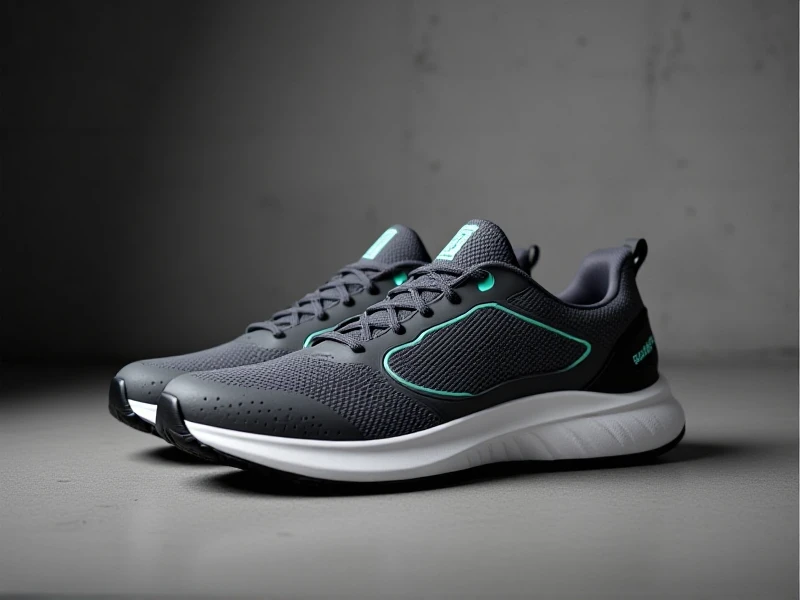
Find Your Perfect Stride: The Ultimate Guide to Choosing Running Shoes
Running offers an incredible way to boost health, clear your mind, and build endurance. But to unlock these benefits, a solid pair of running shoes is essential. Without the right footwear, you risk blisters, injuries, or simply quitting early due to discomfort. In this guide, we'll explore the types of running shoes available, key selection tips, and why they're a game-changer for every runner—from beginners to marathon enthusiasts.
Types of Running Shoes
Running shoes vary to match your terrain and running style. Road running shoes are designed for pavement or treadmill use, with lightweight cushioning for speed and efficiency. They're ideal for urban joggers focused on distance or fitness goals. Trail running shoes, conversely, feature rugged soles with aggressive grips for dirt paths or mountains, providing protection against uneven surfaces. If you have specific gait issues like overpronation or supination, stability running shoes add extra support to promote natural alignment and reduce strain. For those who prefer a minimalist feel, barefoot-inspired running shoes encourage a more natural stride, while maximalist options offer plush cushioning for long hauls or high-impact sessions.
How to Choose the Best Running Shoes
Selecting the perfect pair starts with understanding your feet. Begin by identifying your arch type—high, neutral, or flat—through a simple wet-feet test at home. Next, consider your pronation; many specialty stores offer free gait analysis to determine if you need neutrality, support, or guided help. Try on multiple pairs of running shoes later in the day when feet are naturally swollen for an accurate fit. Aim for a snug heel area with about a thumbnail's space at your toes to avoid cramping. Flexibility is key—bend the shoe at the forefoot to ensure it moves with your foot naturally. Materials matter too: Look for breathable mesh to prevent overheating and durable rubber outsoles for longevity. Remember, comfort should trump style; if it doesn't feel right immediately, it likely won't improve on mile 10. Finally, replace your running shoes every 300-500 miles, as worn-out cushioning can lead to joint stress.
Why Quality Running Shoes Matter
Investing in the right running shoes transforms your experience. They absorb shock during impact, reducing injury risk while enhancing energy return for better performance. Over time, this saves money on potential medical bills and keeps your passion for running alive. Brands like Nike, Brooks, and Saucony innovate with cutting-edge tech for responsive rides, but personalization is paramount—test a few to see what suits your step. With great running shoes, you'll feel lighter, faster, and more ambitious on your routes. Ready to elevate your runs? Start your search today and embrace the journey toward your best self!